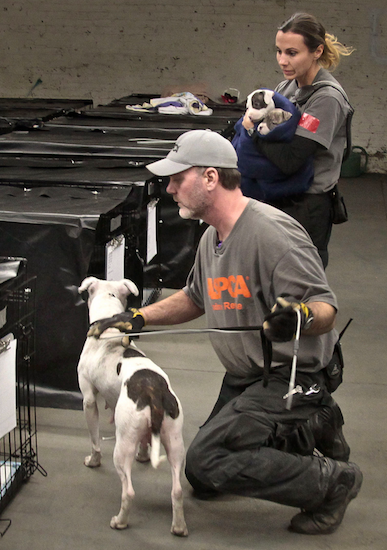News conference focuses on Sandy, one year later

Although many of the most visible Brooklyn “victims” of Superstorm Sandy, such as the Coney Island Boardwalk and Nathan’s, have been rebuilt, there is still a lot of work to do, and entire neighborhoods are plagued by mold and structural damage.
However, neighborhoods where strong local organizations, such as business improvement districts (BIDs), were in place had a head start in rebuilding over other areas that suffered from a lack of organization.
These points, among others, were made at a news conference on Thursday at Borough Hall that was sponsored by the Brooklyn Recovery Fund. The fund, a partnership between the Brooklyn Community Foundation, the Borough President’s Office and the Brooklyn Chamber of Commerce, raised $3.5 million, which was distributed to local non-profits. A full report will be isseud on Tuesday, Oct. 29, the one-year anniversary of Sandy.

Coney Island
View MoreIn just a little over an hour, you can be transported from the glitz and glamor of Manhattan to the old-school amusement of Brooklyn's storied Coney Island. The destination offers thrills, sun, surf and a unique brand of entertainment that will feel worlds away from the rest of the City.